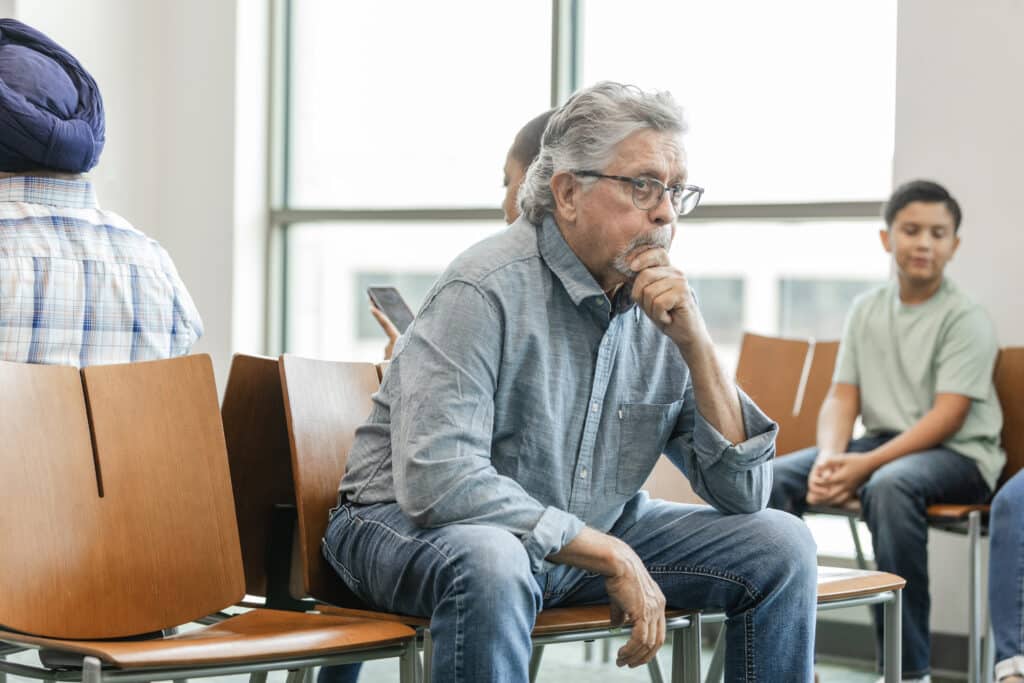
Secondary trauma is a real and often overlooked consequence of working in fields that involve hearing about or witnessing traumatic events. It can affect not only mental health professionals, but also first responders, journalists, and even loved ones supporting someone who has experienced trauma. Recognizing the signs of secondary trauma is crucial in order to address it effectively, preventing secondary trauma from becoming serious. In this blog post, we will explore how to identify secondary trauma and how therapy can help individuals cope with its effects.
One of the key indicators of secondary trauma is experiencing symptoms similar to those of post-traumatic stress disorder (PTSD). These symptoms may include intrusive thoughts, flashbacks, hypervigilance, irritability, and avoidance behaviors. If you find yourself constantly feeling overwhelmed or on edge after being exposed to traumatic stories or events, it may be a sign that you are experiencing secondary trauma. Additionally, changes in mood, sleep disturbances, and difficulty concentrating are common symptoms that should not be ignored.
Furthermore, individuals experiencing secondary trauma may also notice changes in their relationships and overall sense of well-being. They may withdraw from social interactions, struggle with feelings of guilt or shame related to the traumatic experiences they have been exposed to indirectly, or find it challenging to maintain a healthy work-life balance. It is important to pay attention to these changes and seek support if needed.
Psychotherapy can be a valuable tool in addressing secondary trauma. Therapists who specialize in trauma-informed care can help individuals process their emotions related to the traumatic material they have been exposed to indirectly. Through techniques such as cognitive-behavioral therapy (CBT), eye movement desensitization and reprocessing (EMDR), and mindfulness-based interventions, individuals can learn to cope with the impact of secondary trauma in healthier ways.
In addition to individual therapy sessions, group therapy can also be beneficial for those experiencing secondary trauma. Connecting with others who have similar experiences can provide a sense of validation and support that is essential in the healing process. Group therapy settings can offer a safe space for individuals to share their stories, learn coping strategies from one another, and feel less alone in their struggles.
Recognizing the signs of secondary trauma is the first step towards addressing its impact on our mental well-being. By seeking out psychotherapy from trained professionals who understand the complexities of trauma exposure, individuals can learn effective coping strategies and regain a sense of control over their lives. Remember that it is okay to ask for help when you need it – you do not have to navigate through these challenges alone. Together, we can work towards healing from secondary trauma and building resilience for the future.




